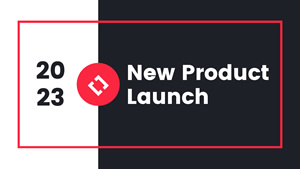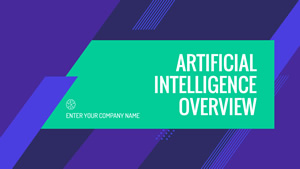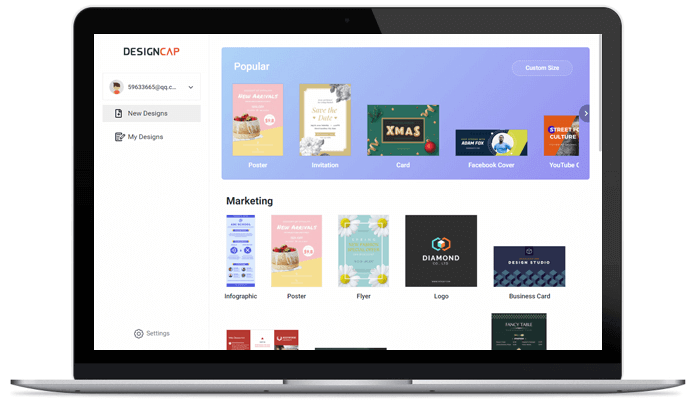どこでも使えるプロフェッショナルプレゼンテーションテンプレート
-
プレビューカスタマイズ
 ビジネスプラン
ビジネスプラン
-
プレビューカスタマイズ
 数学のレッスン
数学のレッスン
-
プレビューカスタマイズ
 製品発表
製品発表
-
プレビューカスタマイズ
 マーケティング
マーケティング
-
プレビューカスタマイズ
 財務報告
財務報告
-
プレビューカスタマイズ
 AI
AI
-
プレビューカスタマイズ
 化学
化学
-
プレビューカスタマイズ
 環境問題
環境問題
取消し
カスタマイズ
DesignCapを使用してプレゼンテーションデザインを作成する理由

多様なテンプレート
ビジネス・プレゼンテーション・テンプレート、マーケティング・プレゼンテーション・テンプレート、企業プレゼンテーション・テンプレートなどは、すべてここにあります。

豊富なリソース
ストックイメージ、ベクトル、モジュール、クリップアートイメージ、グラフィックスはすべて、プレゼンテーションデザインを洗練させるために待機しています。

強力なツール
強力なツールを使用すると、数回のクリックですべての編集を行うことができ、すべてのアイデアを実現できます。

お買い得
予算は気にしないでください。DesignCapは、プレゼンテーションを行うのに十分な無料のリソースを提供してくれます。
3つのステップでプレゼンテーションを作成する方法



1. テンプレートの選択
プレゼンテーションデザインを1つ選択して、作業を開始します。
2. カスタマイズ
強力な編集ツールを使用してプレゼンテーションテンプレートをカスタマイズします。
3. エクスポート
プレゼンテーションデザインをコンピュータに保存するか、オンラインで共有します。
ユーザーの評価

ポスターが簡単に作成出来るポスターメーカー。何が良いって、 時間やお金、HDDのスペースを節約出来る。


といったイベントなどの広告素材を作りたいけど、プロのデザイナーにお願いする費用が無い……という場合や、スピード優先で自分でデザインしたい! といった方に最適なwebサービスです。


テンプレートを利用すれば、広告、販売、結婚式、イベント、ホリデーなどのあらゆる目的のポスターを簡単に作成することができます。


